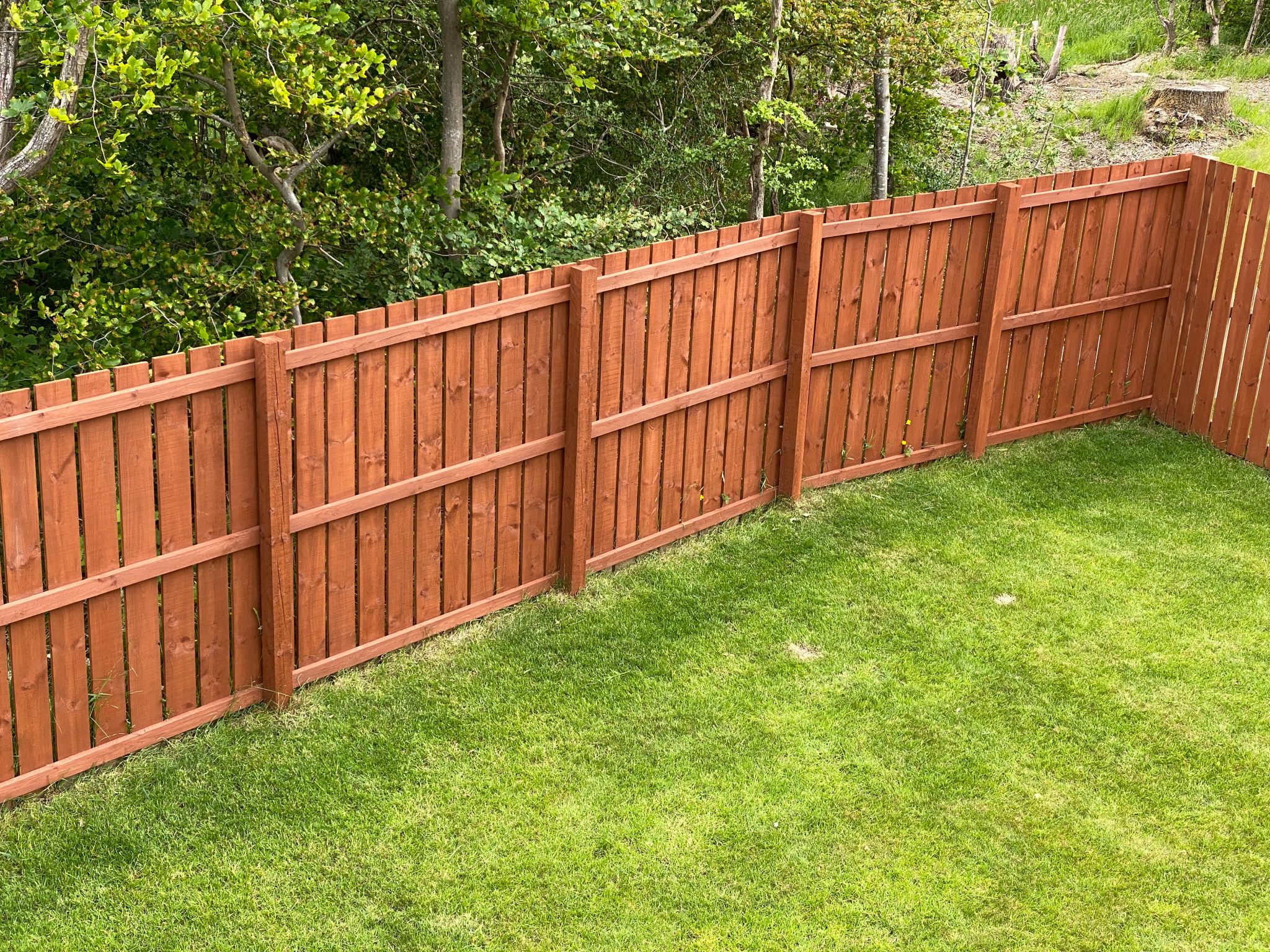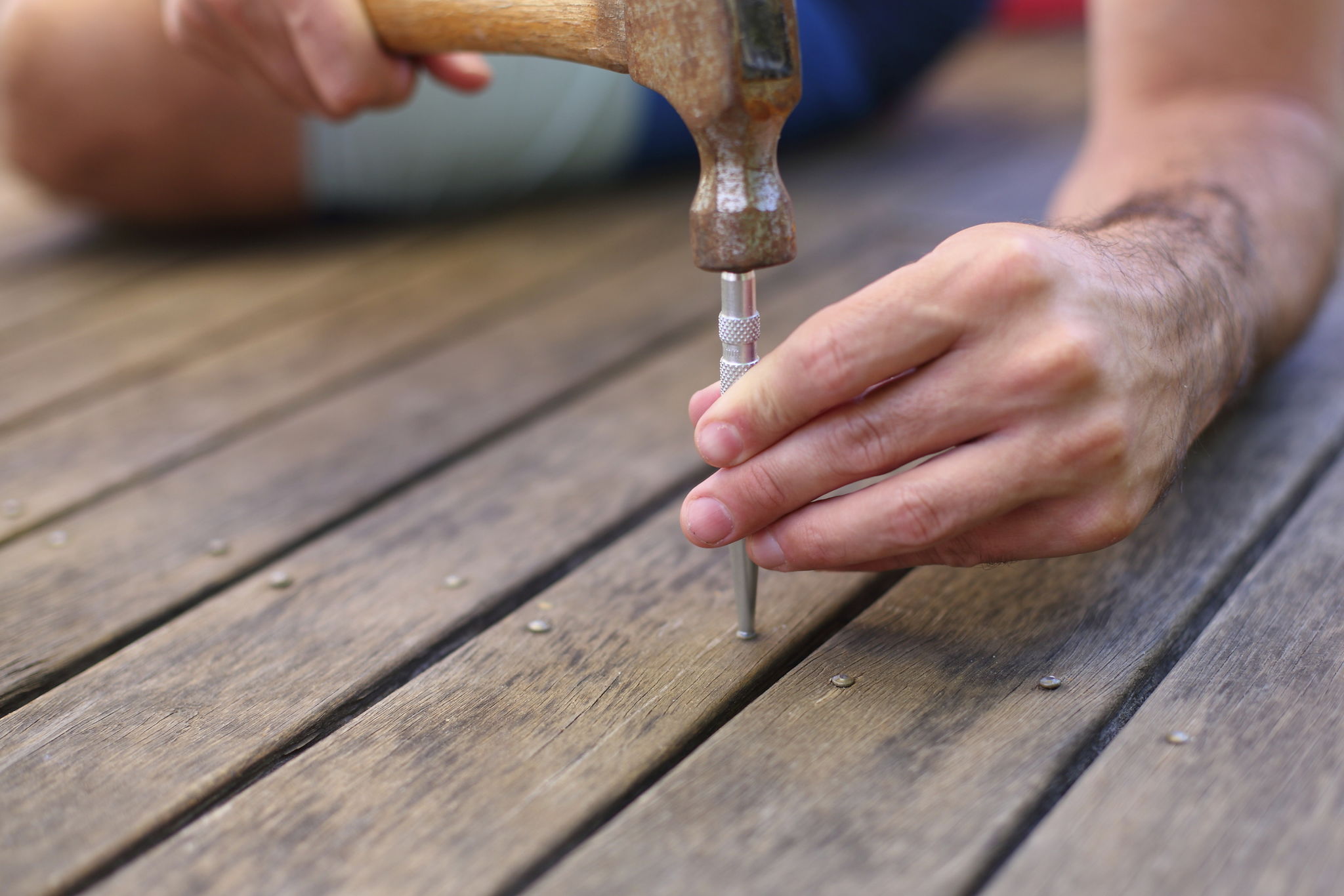How to Identify and Repair Dry Rot in Your Deck
Understanding Dry Rot
Dry rot is a common issue that affects wooden structures, including decks. It is a form of wood decay caused by the fungus Serpula lacrymans. This fungus thrives in damp, poorly ventilated conditions, leading to the deterioration of the wood's structural integrity. Identifying and repairing dry rot early is crucial to maintaining the safety and beauty of your deck.
The first step in addressing dry rot is understanding what it looks like. Typically, dry rot appears as a dark, crumbly wood that may have a musty odor. It can cause the wood to shrink, crack, and eventually disintegrate if left untreated. Spotting these signs early can save you from costly repairs down the line.

Identifying Dry Rot in Your Deck
Identifying dry rot involves a thorough inspection of your deck. Begin by checking areas that are prone to moisture, such as where the deck meets the house, around planters, or near downspouts. Pay special attention to any areas that stay damp for long periods.
Use a screwdriver or similar tool to press into the wood gently. Wood affected by dry rot will feel soft and spongy compared to healthy wood. Look for signs of discoloration, shrinking wood, or peeling paint as these are indicative of underlying issues.

Conducting a Tap Test
A simple technique to identify dry rot is the tap test. Lightly tap the deck boards with a hammer. Healthy wood will produce a solid sound, while dry rot will make a hollow noise, indicating weakened wood beneath the surface.
Repairing Dry Rot on Your Deck
Once you've identified dry rot, it's essential to address it promptly. Begin by removing all affected wood. Use a chisel or saw to cut away any damaged sections, ensuring you reach unaffected wood. This step is crucial to prevent the fungus from spreading further.
After removing the rotted wood, treat the remaining area with a fungicide designed for dry rot. This treatment will kill any remaining spores and help prevent future infestations. Follow the manufacturer's instructions carefully for effective results.

Replacing Damaged Wood
Once treated, it's time to replace the removed sections with new, pressure-treated lumber. Ensure that the new wood matches the existing deck in size and type for a seamless repair. Secure the new boards with galvanized screws or nails to prevent rust.
Finally, consider applying a weatherproof sealant to protect your deck from future moisture exposure. Regular maintenance, such as cleaning and resealing, can significantly extend the life of your deck and prevent future occurrences of dry rot.
Preventing Future Dry Rot
Prevention is key when it comes to dry rot. Ensure your deck is well-ventilated to prevent moisture buildup. Regularly clean your deck and inspect it for signs of water damage or decay. Address any drainage issues around your deck promptly.
Installing gutters and downspouts can help direct water away from your deck. Additionally, consider using treated lumber resistant to fungi when building or repairing your deck to further safeguard against dry rot.

By staying vigilant and taking proactive measures, you can protect your deck from dry rot and enjoy its beauty and function for many years to come.